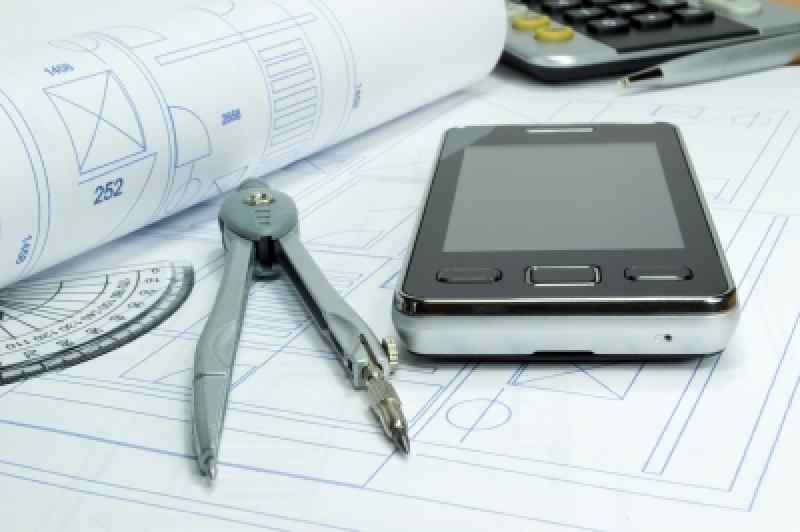Submitted by administrator on
Following research into the well being and general quality of life a visually impaired person can expect in comparison to someone with good to excellent eyesight, studies have shown that one thing that many of us take for granted could actually be worth its weight in gold for those who are unable to see perfectly and as such may lead slightly less full lives. The smartphone, or the pocket personal computer with abilities to make phone calls, could lead to patients with poor vision being able to interact more easily with the technological world than they normally would with the use of a PC or standard computer.
The concerns that this research project by the Loyola University Chicago Stritch School of Medicine brought up were that even though it may seem clear to them and people from a younger generation, those in older age brackets may not be aware of the benefits having a smartphone might bring. In particular, researchers believe that this lack of knowledge and information can be stemmed back to a lack of education from opticians and ophthalmologists who they believe should be advising and recommending such devices to patients that are visually impaired.
So what exactly does a smartphone offer someone with limited vision? Well ever since the introduction of the iPhone, phone manufacturers have sought to integrate the everyday computer uses we need into a pocket unit, effectively making the standard computer redundant for certain everyday needs such as internet banking, reading the latest news or visiting your favourite websites. The drawback these devices had in years gone by were the small screens and as such tiny displays of information for which you generally needed a magnifying glass. In order to bring about the era of the smartphone, this problem had to be eliminated to make the units commercially viable and as such a wide range of zooming, magnifying and mobile friendly websites were introduced. In particular with the iPhone by Apple and the subsequent iPad with a larger screen, users are able to pinch or click to magnify and enlarge items on screen so that they can be made easily readable for anyone, regardless of whether they had perfect sight or slightly impaired. The added bonus of mobile themed websites means that standard text on a computer screen that might by hard to read by someone with poor eye sight is generally enlarged automatically to much higher point settings so that sites adopt more of a standard book form, and as such, reading is made simpler and easier on the eyes themselves so that they do not strain.
Statistically, it was found that only a lowly 15% of patients with poor eye sight from this study had been recommended to invest in a smartphone or tablet so as to get round their vision issues. It was also noted that of those who hadn't been advised to do so, younger patients had made the move themselves through general knowledge whereas the elderly had in effect been left behind.

